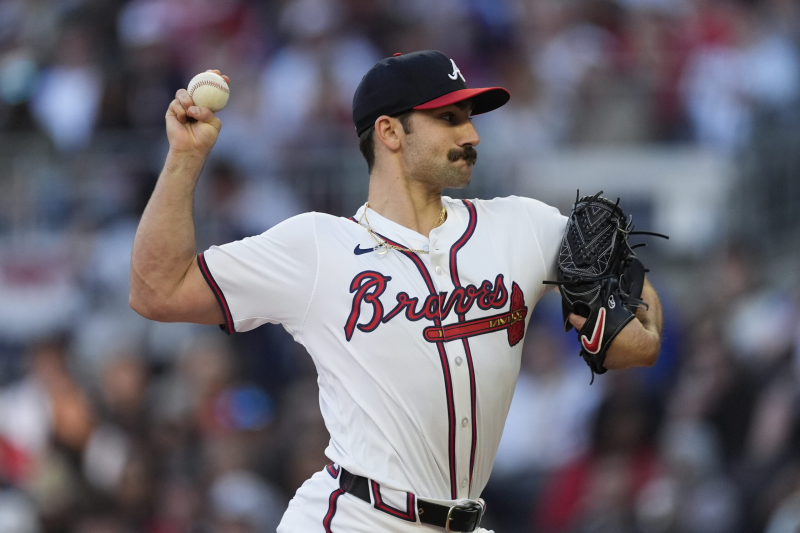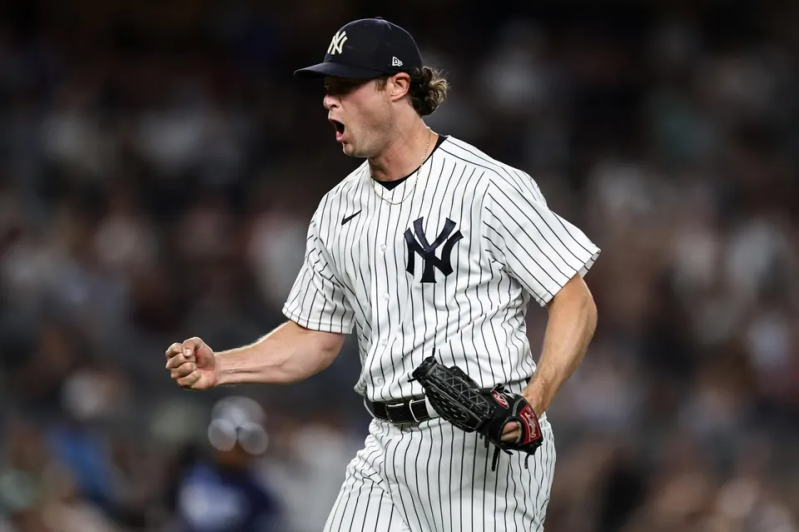
What do Spencer Strider, Gerrit Cole, Tony Gonsolin, Eury Perez, Shane McClanahan and Jacob deGrom all have in common? These star pitchers have all suffered severe elbow injuries, causing them to miss at least half of the season, and for some, the entire year. Recently, Atlanta Braves star pitcher Spencer Strider underwent UCL surgery and is expected to miss the remainder of the season (MLB.com). Earlier this season, Gerrit Cole of the red-hot New York Yankees suffered an elbow injury before the season started that has caused him to miss the opening months of the year. So why exactly are so many pitchers sustaining severe elbow injuries? One of the answers lies in the progression of pitch velocity and arm strength over the course of MLB history.
Even in this century, fastball speeds have dramatically risen, causing more tension and stress on the elbow. In 2007, the average four-seam fastball measured out of the hand at 91.9 mph. In 2023, the average four-seam fastball measured out of the hand at 94.2 mph (Baseball America). In less than two decades, we have seen pitch speeds increase by over 2 mph on average! This metric does not account for the increasing number of pitchers reaching higher velocities compared to past seasons. During the 2017 MLB season, only 12 pitchers had an average fastball speed of over 98 mph. Just last season, the league had 30 pitchers averaging 98 mph as their fastball speed (StatCast). In fact, direct evidence supports the claim that faster pitches result in more stress on the elbow. When comparing a fastball, slider, curveball, and changeup, data shows that the fastball results in higher torques on the elbow in newton meters (Driveline). This study, along with other biomechanical research, indicates that faster pitches result in more stress on the elbow, and the faster those pitches are, the more torques are applied on the elbow. More recently, greater pitch velocity (PV) has been related to an increased risk of elbow injury in youth and adult pitchers. The association between throwing velocity and elbow injury is alarming, as increasing velocity is the goal of many pitchers (NCBI). Other contributing factors may include inadequate rest and pitch volume over the course of a game or season.

The main "treatment" for these injuries is Tommy John Surgery. Tommy John surgery (named after former Dodgers pitcher Tommy John) is a surgical procedure in which a healthy tendon is extracted from an arm and used to replace a torn ligament in the elbow. The goal of this surgery is to stabilize the elbow, reduce or eliminate pain, and restore stability and range of motion (Johns Hopkins Medicine). However, this surgery is not a guarantee that players will return to their previous level of performance. According to the Cleveland Clinic, only 80-83% of professional baseball players returned to their previous level of competition or higher after Tommy John surgery. Also, the timeline for recovery can take several years depending on the success of the operation and the effectiveness of the rehabilitation process.
It is no secret that MLB has seen a wave of injuries to some of the best pitchers in the world. With players being more skilled than ever, there is pressure on pitchers to throw faster and go 6 or even 7 innings deep as a starter. This pressure has caused many of the league's promising up and coming pitchers like Eury Perez to miss an entire 162-game season of baseball. So, how will Major League Baseball and its commissioner, Rob Manfred, address this issue and its meteoric growth? Only time will tell.
Alex Bailey, Senior Writer


Add comment
Comments